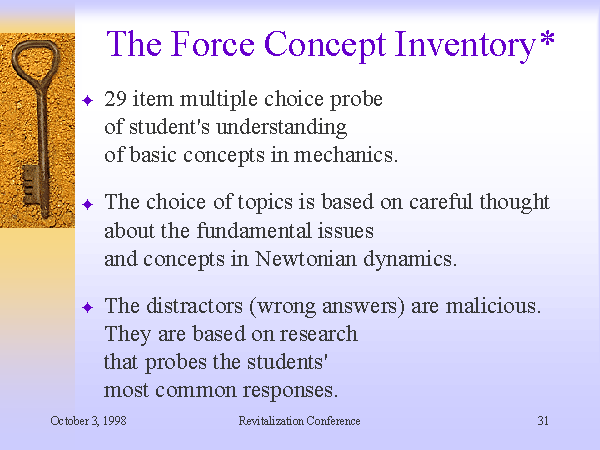Monday, December 18, 2017
Aesthetic Relativism > Moral Relativism > Cultural Assassination...,
By
CNu
at
December 18, 2017
0
comments
![]()
Labels: cull-tech , deceiver , Deep State , Degenerate , human experimentation , Livestock Management , necropolitics , nootropism , normotic illness , propaganda , psychopathocracy , randomization , What IT DO Shawty...
Monday, November 27, 2017
Is This Why Poppy Bush Abruptly Commenced Playing Grab Ass?
By
CNu
at
November 27, 2017
0
comments
![]()
Labels: #YouToo? , Deeze Heaux... , History's Mysteries , Living Memory , randomization , subliminal , synthesis
Friday, August 01, 2014
ebola in west africa: the outbreak country by country
By
CNu
at
August 01, 2014
0
comments
![]()
Labels: horror , macrobiology , randomization
Saturday, July 12, 2014
neurological evidence for chaos in the nervous system is growing...,
By
CNu
at
July 12, 2014
0
comments
![]()
Labels: neuromancy , randomization , What IT DO Shawty...
Wednesday, March 19, 2014
the flight 370 in kiev open thread...,
By
CNu
at
March 19, 2014
17
comments
![]()
Labels: quorum sensing? , randomization
Thursday, May 23, 2013
though he swears by only four, this is the notion I believe umbra is on about...,
By
CNu
at
May 23, 2013
2
comments
![]()
Labels: information anarchy , randomization
Monday, September 03, 2012
in praise of the clash of cultures
We might value the truth for different reasons: because we want to live a life that is good and doesn’t just appear so; because we take knowing the truth to be an important component of the good life; because we consider living by the truth a moral obligation independent of any consequences; or because, like my Egyptian friends, we want to come closer to God who is the Truth (al-Haqq in Arabic, one of God’s names in Islam). Of course we wouldn’t hold our beliefs and values if we weren’t convinced that they are true. But that’s no evidence that they are. Weren’t my Egyptian friends just as convinced of their views as I was of mine? More generally: don’t we find a bewildering diversity of beliefs and values, all held with great conviction, across different times and cultures? If considerations such as these lead you to concede that your present convictions could be false, then you are a fallibilist. And if you are a fallibilist you can see why valuing the truth and valuing a culture of debate are related: because you will want to critically examine your beliefs and values, for which a culture of debate offers an excellent setting.
Of course we don’t need to travel all the way to Cairo to subject our beliefs and values to critical scrutiny; in theory we can also do so on our own. In practice, however, we seem to need some sort of unsettling experience that confronts us with our fallibility, or, as the great Muslim thinker al-Ghazâlî (d. 1111) puts it in his intellectual autobiography “The Deliverance from Error,” that breaks the “bonds of taqlîd” — the beliefs and values stemming from the contingent circumstances of our socialization rather than from rational deliberation.
In his own case, al-Ghazâlî writes, the bonds of taqlîd broke when he realized that he would have been just as fervent a Jew or Christian as he was a Muslim, had he been brought up in a Jewish or Christian community. He explains taqlîd as the authority of “parents and teachers,” which we can restate more generally as all things other than rational argument that influence what we think and do: from media, fashion and marketing to political rhetoric and religious ideology.
Related
More From The Stone
Read previous contributions to this series.
The problem of taqlîd (or what social psychologists today call “conformism”) has a long history. Socrates explained the need for his gadfly mission by comparing Athenian citizens to a “sluggish” horse that “needed to be stirred up.” Note that philosophers, too, fall prey to taqlîd. Galen, the second century Alexandrian doctor and philosopher, complained that in his time Platonists, Aristotelians, Stoics and Epicureans simply “name themselves after the sect in which they were brought up” because they “form admirations” for the school founders, not because they choose the views supported by the best arguments.
If we take taqlîd to be a fact about human psychology and agree that it is an undesirable state to be in — at least when it comes to the core convictions that underlie our way of life and worldview — then we should particularly welcome debates across cultural boundaries. For if we engage someone who does not share the cultural narratives we were brought up in (historical, political, religious etc.), we cannot rely on their authority, but are compelled to argue for our views — as I had to in my discussions with Egyptian students in Cairo.
By
CNu
at
September 03, 2012
5
comments
![]()
Labels: randomization , relationship management
Saturday, February 18, 2012
Chipocalypse Now - I Love The Smell Of Deportations In The Morning
sky | Donald Trump has signalled his intention to send troops to Chicago to ramp up the deportation of illegal immigrants - by posting a...

-
theatlantic | The Ku Klux Klan, Ronald Reagan, and, for most of its history, the NRA all worked to control guns. The Founding Fathers...
-
NYTimes | The United States attorney in Manhattan is merging the two units in his office that prosecute terrorism and international narcot...
-
Wired Magazine sez - Biologists on the Verge of Creating New Form of Life ; What most researchers agree on is that the very first functionin...





